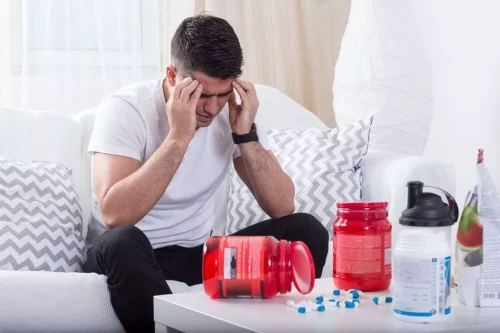
Too much drinking can also cause broken capillaries alcoholic nose in your face. The result is telangiectasias, or permanent spider veins, in the face, neck, and chest. Also, chronic infection often results because the fluid from the sebaceous glands thickens and can hold bacteria. Researchers do not fully understand the cause, but they know that the precursor is acne rosacea, which involves inflammatory breakouts of pimples.
Get Insurance-Covered Alcohol Addiction Treatment at Gratitude Lodge
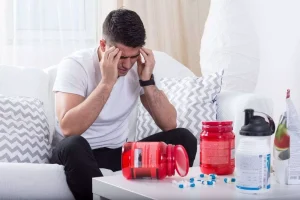
No, rhinophyma is not reversible once it progresses to its hypertrophic and bulbous stages. At this point, surgical intervention is typically necessary to correct the deformity. According to older research, cited in a 2023 article, rhinophyma begins as “pre-rosacea,” and the only symptom at this stage is facial flushing. At Alcohol Awareness, we seek to provide just that kind of multi-pronged approach.
Is Rhynophyma A Sign of Alcohol Addiction?
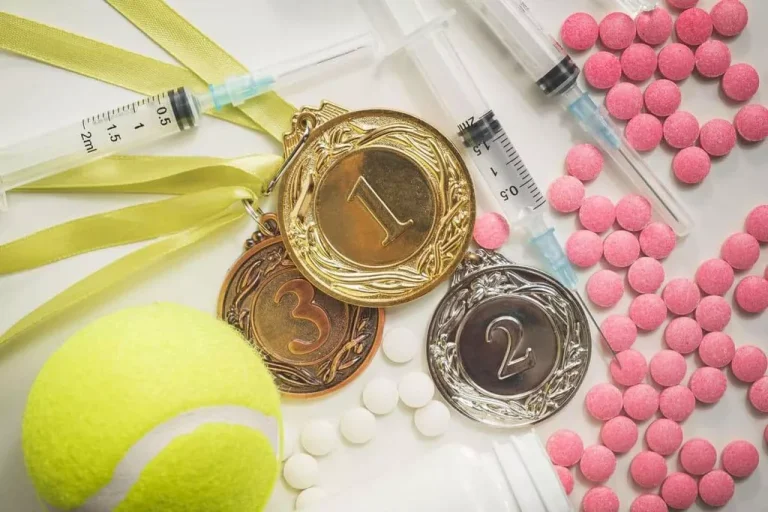
Rhinophyma is typically diagnosed based on a physical examination by your local medical doctor or dermatologist. However, a skin biopsy may sometimes be necessary to rule out other conditions. Fields, an early 20th-century American actor known for his heavy drinking, who called the bumps on his enlarged nose “gin blossoms”. Scientists haven’t fully figured out exactly how rhinophyma develops.
- Alcoholism’s physical effects extend beyond the internal organs to the external features of the body.
- Scientists haven’t fully figured out exactly how rhinophyma develops.
- It is believed that the link between alcoholism and rhinophyma is related to the vasodilatory effects of alcohol on blood vessels in the skin.
- These risks are over and above the risks of alcohol or any other substance which they intend to misuse.
- However, if a case of rhinophyma is less severe, some of the treatments we discussed for rosacea may be used.
- That means someone drinking heavily may show flushed cheeks and an enlarged nose with a red or purple tint if they have rosacea.
What Causes Drinker’s Noses?
- Treatment options for alcoholic nose generally include medication and surgery.
- This is a sign of jaundice and the beginnings of liver disease or cirrhosis.
- Of course, due to the nature of addiction, this is often easier said than done.
- BetterHelp offers affordable mental health care via phone, video, or live-chat.
Sebaceous glands are typically colonized with bacteria, which can contribute to inflammation when they become plugged. While misusing alcohol over a prolonged period of time may not be likely to cause an alcoholic nose, there are many other ways alcohol can affect your body. Alcohol can cause liver disease and kidney problems as well as increase your risk of cancer, heart attack and stroke. Using alcohol heavily, especially over a long period of time, can have a devastating effect on your health. Rhinophyma, the condition often referred to as alcoholic nose, has a red, swollen, lumpy appearance. The nose may also have a purple-colored appearance and could be mistaken for having warts or other skin blemishes that look like protruding lumps.
Who Is Most At-Risk for Alcoholic Nose (Rhinophyma)?
Detox also prepares you for ongoing treatment and addresses the issue of alcohol dependence. Alcohol abuse can be very disruptive, but it’s also treatable – we can help you with this at Gratitude Lodge. We offer immersive inpatient treatment for alcohol addiction at our luxury rehabs in Long Beach and Newport Beach, California. Keep in mind that drinkers nose pictures may not all be triggered by alcohol use, despite the name often used to describe rhinophyma. While there are no treatments that can completely reverse rhinophyma, medications and surgery can lessen the condition if caught in time.
Can Alcohol Worsen the Effects of Rhinophyma?
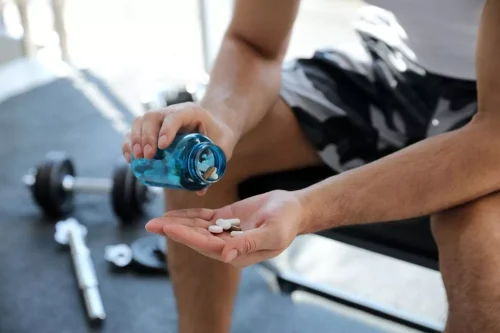
In the early stages of rhinophyma, a person may experience excessive facial flushing. As the condition progresses, swollen blood vessels appear, then acne-like pimples. Rhinophyma has historically been referred to as alcoholic nose due to the incorrect belief that alcohol consumption may lead to the condition. That said, alcohol and caffeine can both temporarily dilate blood vessels, which seems to worsen rhinophyma. It’s not just spicy foods and alcohol that cause flare-ups of rosacea or instances of rhinophyma. As shown in the previously linked information from both the Cleveland Clinic and Mayo Clinic, genetics also play a part in the development of either condition.
Nonsurgical treatments
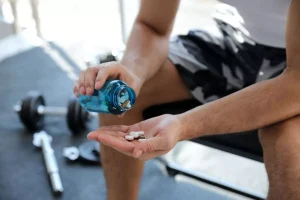
Now, does this mean that alcohol is completely unrelated to rhinophyma? Rosacea can affect anybody but it most often affects middle-aged women with lighter skin tones. According to the Mayo Clinic, rosacea symptoms often come in episodes. The symptoms will flare up for a few weeks or months and then slowly die down. The symptoms might be very mild for an amount of time and then the cycle is repeated again. Rhinophyma is an entirely unique condition that is separate from alcoholism.